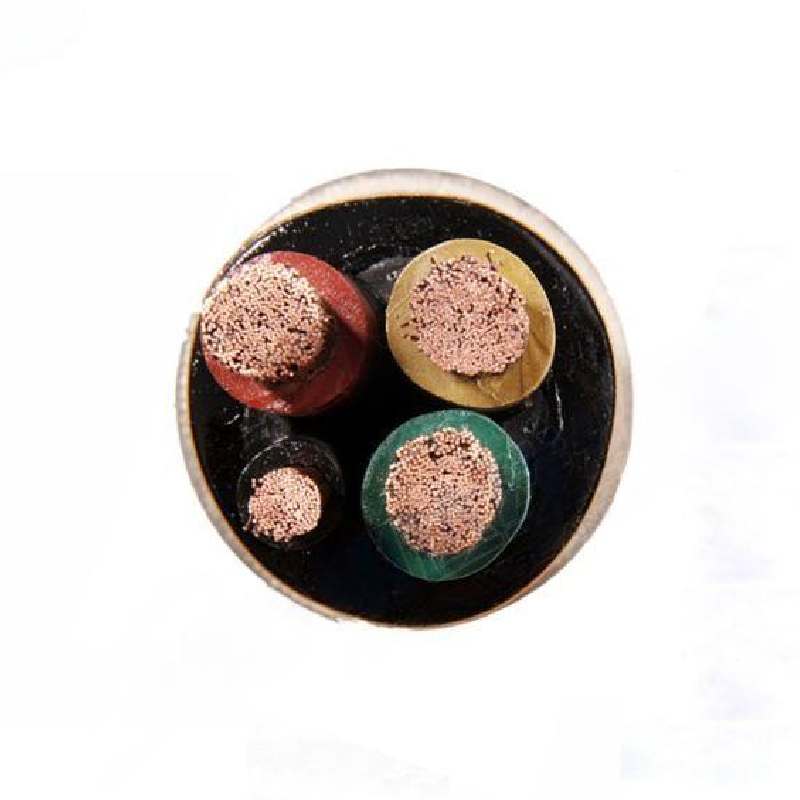Dec . 23, 2024 16:59 Back to list
Understanding Non-Return Ball Valves and Their Applications in Fluid Systems
Understanding Non-Return Ball Valves Function and Applications
Non-return ball valves, also known as check ball valves, are critical components in fluid control systems across various industries. These valves are designed to allow fluid to flow in only one direction, making them essential for preventing backflow and ensuring the efficiency of fluid transport. In this article, we will explore the function, design, advantages, and applications of non-return ball valves.
Function and Design
The primary function of a non-return ball valve is to prevent the backward flow of liquids or gases in a piping system. The valve comprises a spherical ball positioned within a valve body. When fluid flows in the desired direction, the ball is pushed away from the seat, allowing the passage of fluid. Conversely, if the flow reverses, the ball is forced against the seat, creating a seal that blocks any backward movement of fluid.
Non-return ball valves can come in various designs, including spring-loaded and gravity-operated types. In spring-loaded designs, a spring mechanism holds the ball against its seat in the absence of pressure, while gravity-operated designs rely on the weight of the ball to close the valve when flow ceases. The choice between these designs often depends on the specific application, including the pressure, fluid type, and operational environment.
Advantages of Non-Return Ball Valves
One of the significant advantages of non-return ball valves is their simplicity and reliability. They have a straightforward design with fewer moving parts compared to other valve types, which contributes to their durability and lower maintenance requirements. Additionally, they can operate effectively in a wide range of pressures and temperatures, making them versatile for various applications.
Another notable benefit is their quick response time. Non-return ball valves can open and close almost instantaneously, which is critical in systems where rapid changes in flow direction occur. Their efficient sealing capability also minimizes leakage, ensuring that the media transported in the system remains contained, thus increasing safety and reducing losses.
non return ball valve

Moreover, non-return ball valves are relatively easy to install and require minimal space within the piping network, making them a practical choice for compact systems. They can also be manufactured from various materials, including stainless steel, brass, and plastic, enabling customization based on the media being transported and environmental considerations.
Applications
Non-return ball valves find applications in numerous sectors due to their effective backflow prevention capabilities. In the water and wastewater industry, these valves are crucial for protecting pumps and other equipment from reverse flow, which could damage components or lead to contamination.
In the oil and gas sector, non-return ball valves serve as essential safety devices in pipelines, preventing the backflow of hydrocarbons that could pose significant safety hazards. Similarly, in chemical processing, they help maintain system integrity by preventing the backflow of hazardous chemicals.
These valves are also widely used in heating, ventilation, and air conditioning (HVAC) systems, where they ensure proper fluid circulation and protect against potential system failure caused by reverse flow. Additionally, in food and beverage applications, non-return ball valves help ensure hygienic processing by preventing contamination through backflow.
Conclusion
Non-return ball valves play a vital role in fluid control systems, providing essential protection against backflow and ensuring operational efficiency. Their simple yet effective design, coupled with their reliability and versatility, makes them a preferred choice across various industries. As technology advances and industries evolve, the utilization of non-return ball valves will continue to expand, reinforcing their critical position in fluid management systems. Understanding their function and applications can greatly enhance the design and efficiency of systems that rely on effective fluid control.
Share
-
Reliable Wafer Type Butterfly Valves for Every IndustryNewsJul.25,2025
-
Reliable Flow Control Begins with the Right Ball Check ValveNewsJul.25,2025
-
Precision Flow Control Starts with Quality ValvesNewsJul.25,2025
-
Industrial Flow Control ReliabilityNewsJul.25,2025
-
Engineered for Efficiency Gate Valves That Power Industrial PerformanceNewsJul.25,2025
-
Empowering Infrastructure Through Quality ManufacturingNewsJul.25,2025